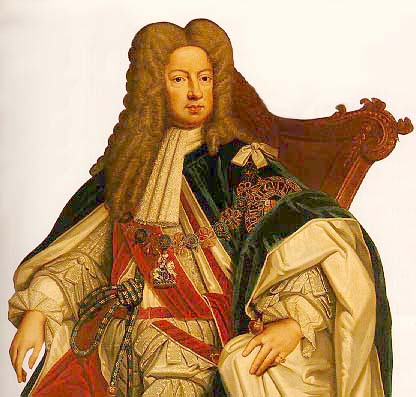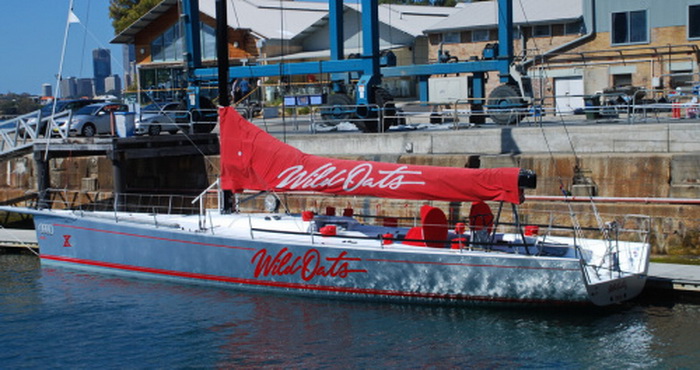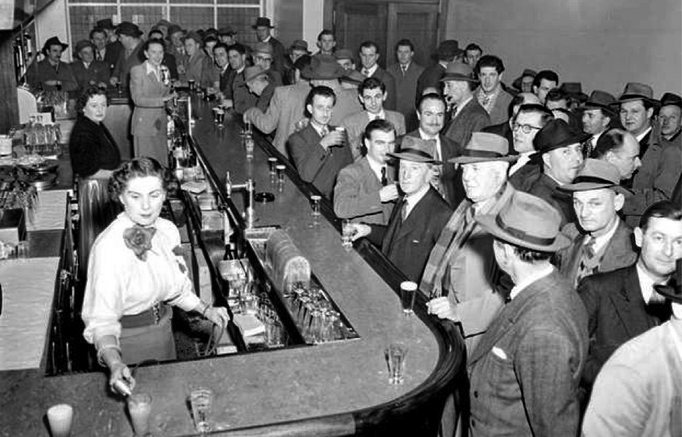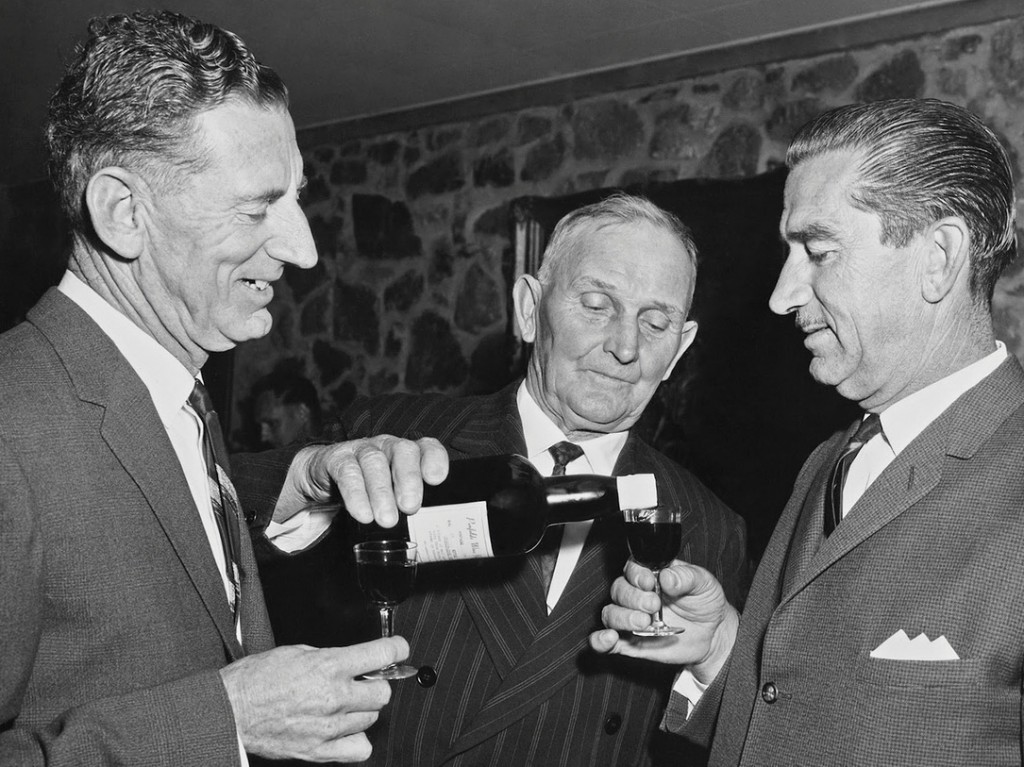Yes they have, for the last 3 centuries
Australia Day 2022 reminded me that I’m still waiting for this country to become independent and farewell its British Queen. Having an English monarch as head of state is especially galling for this German migrant since the Windsors are of course German to their bootstraps.
Don’t get me wrong: I admired Elizabeth Regina for her dedication and endurance. Now that she has left us, it’s time for a little history.
By 1450, Central Europe was officially known as the Holy Roman Empire of the German Nation (German version: Heiliges Römisches Reich Deutscher Nation, Latin: Imperium Romanum Sacrum Nationis Germanicæ).
After Queen Anne’s death in 1714, at the age of 54, George I ascended the British throne as the first monarch of the House of Hanover. Over fifty aristocrats bore closer blood relationships to Queen Anne, but the Act of Settlement 1701 prohibited Catholics from inheriting the throne, and George was Anne’s closest living Protestant relative. I’m not making this up.
Understandably, the English didn’t care much for George the German, and it didn’t help that he didn’t speak a word of English. His son George II occupied the throne after his father’s death on 11 June 1727, and his wife was another German: the Margravine Caroline of Brandenburg-Ansbach. George II died in 1760 and was succeeded by his son George III.






